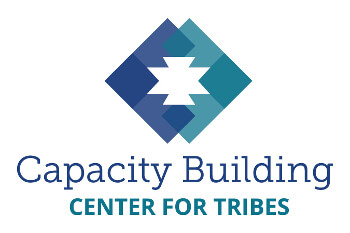Deep Breathing
 This practice reduces stress, provides energy, and improves overall health by releasing toxins and tension from the body. As soon as we are tense, angry, scared or stressed our body constricts, our muscles get tight and our breathing becomes shallow. When our breathing is shallow, we are not getting the amount of oxygen our body needs.
This practice reduces stress, provides energy, and improves overall health by releasing toxins and tension from the body. As soon as we are tense, angry, scared or stressed our body constricts, our muscles get tight and our breathing becomes shallow. When our breathing is shallow, we are not getting the amount of oxygen our body needs.
- 4 Count Breathing
- 4 count inhale through the nose. 4 count hold. 8 count exhale through slightly parted mouth anytime we are feeling stress.
- Breath Counting
-
A deceptively simple breathing technique much used in Zen practice, try to do 10 minutes of this meditation.
- Sit in a comfortable position with the spine straight and head inclined slightly forward. Gently close your eyes and take a few deep breaths. Then let the breath come naturally without trying to influence it. Ideally it will be quiet and slow, but depth and rhythm may vary.
- To begin the exercise, count "one" to yourself as you exhale. The next time you exhale, count "two," and so on up to "five." Then begin a new cycle, counting "one" on the next exhalation.
- Never count higher than "five," and count only when you exhale. You will know your attention has wandered when you find yourself up to "eight," "12," even "19."
Maintain a passive attitude and permit relaxation to occur at its own pace. When distracting thoughts occur, try to ignore them by not dwelling upon them and return to repeating "one." With practice, the response should come with little effort. Practice the technique once or twice daily, but not within two hours after any meal, since the digestive processes seem to interfere with the elicitation of the Relaxation Response. source
